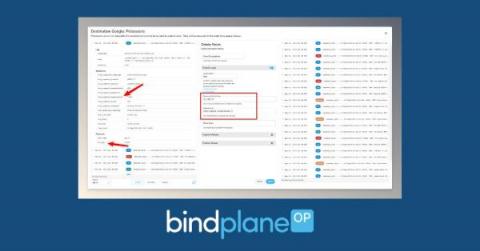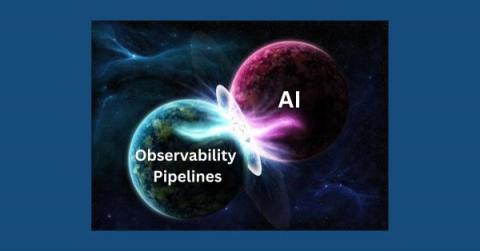Deleting Fields from Logs: Why Less is Often More
Logs serve as an invaluable resource for monitoring system health, debugging issues, and maintaining security. But as our applications grow more complex, the volume of logs they generate is increasing exponentially. While logs are crucial, not all log data is equally valuable. With the surge in volume, costs associated with storing and analyzing logs are skyrocketing, impacting both performance and cost. The need for effective log management is more urgent than ever.











